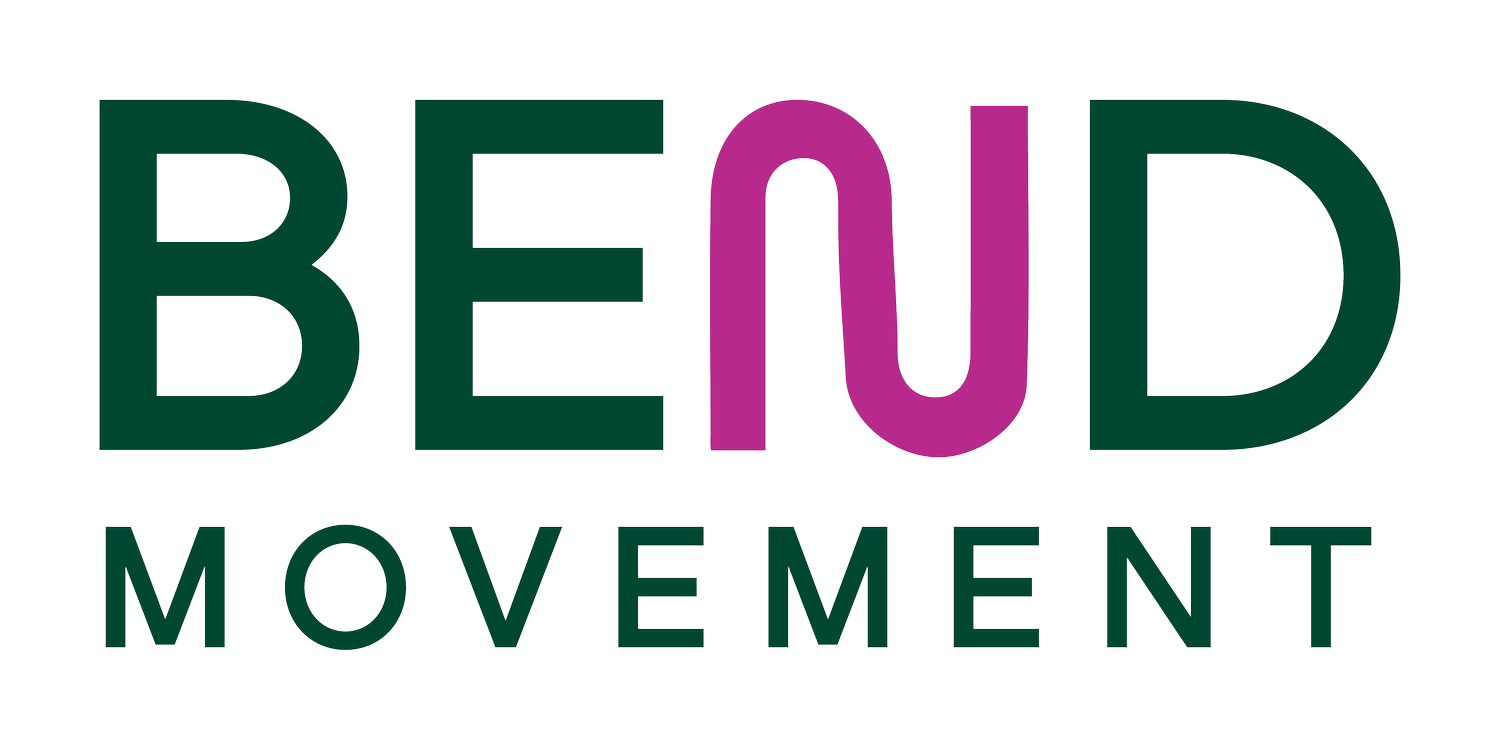The Principle of Specificity in Training
When it comes to improving performance, the principle of specificity is key. This training concept means that to see progress in a specific skill or quality, your movement needs to mimic the demands of that activity. Whether your goal is to increase strength, speed, endurance, or agility, focusing on exercises that align with your desired outcomes will give you the best results.
The specificity principle is simple: to get better at something, you need to practice it. For example, if you’re training for a marathon, your workouts should involve long-distance running to build endurance. Cross-training with activities like cycling or swimming can improve general fitness, but the bulk of your training should focus on running if you want to improve your marathon performance. On the other hand, if you’re training for strength, your program should prioritize resistance exercises to target the muscle groups you want to make stronger.
By tailoring your training to specific activities, you prepare your body for the exact demands of the sport or task. For example, if you’re preparing for a hike, doing squats and lunges can strengthen your legs, but incorporating incline walking or hill sprints will better mimic the elevation changes you’ll face. This type of specific training ensures that your muscles, joints, and cardiovascular system are ALL ready to handle the stresses of your chosen activity.
The principle of specificity doesn’t just apply to elite athletes. Whether you're working on improving flexibility or building strength, aligning your exercises with your goals ensures better and faster results. Think about the movements, energy systems, and muscle groups required for your activity and design your workouts around them.
In conclusion, the principle of specificity allows you to focus your training efforts on the qualities or skills you want to develop. Align your workouts with your goals, and enhance your performance in a targeted, effective way.
